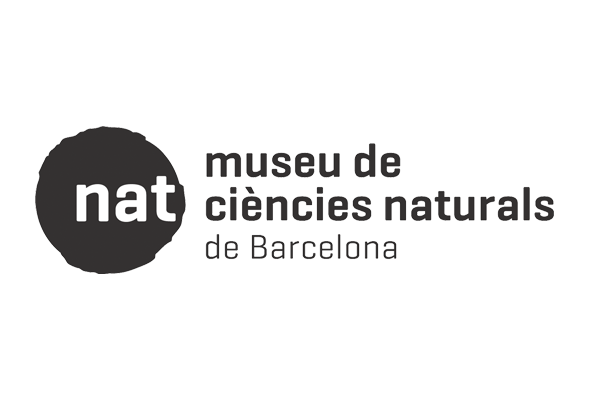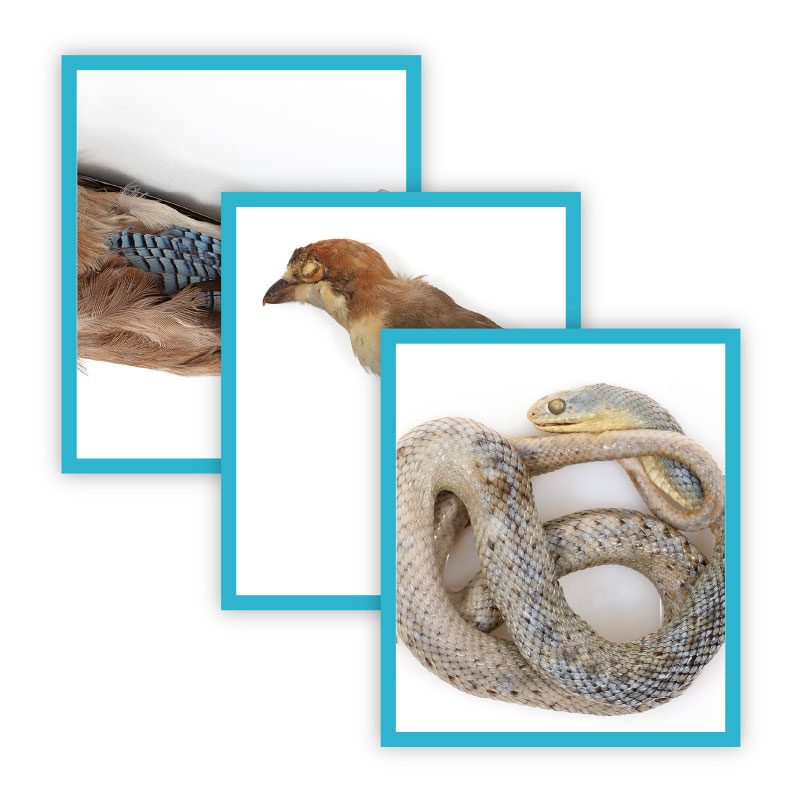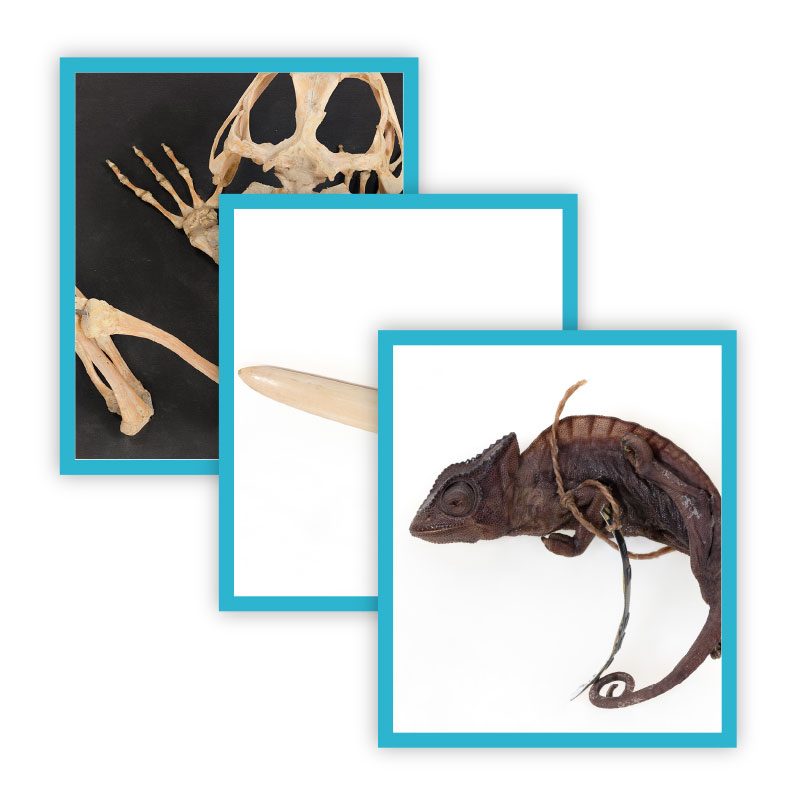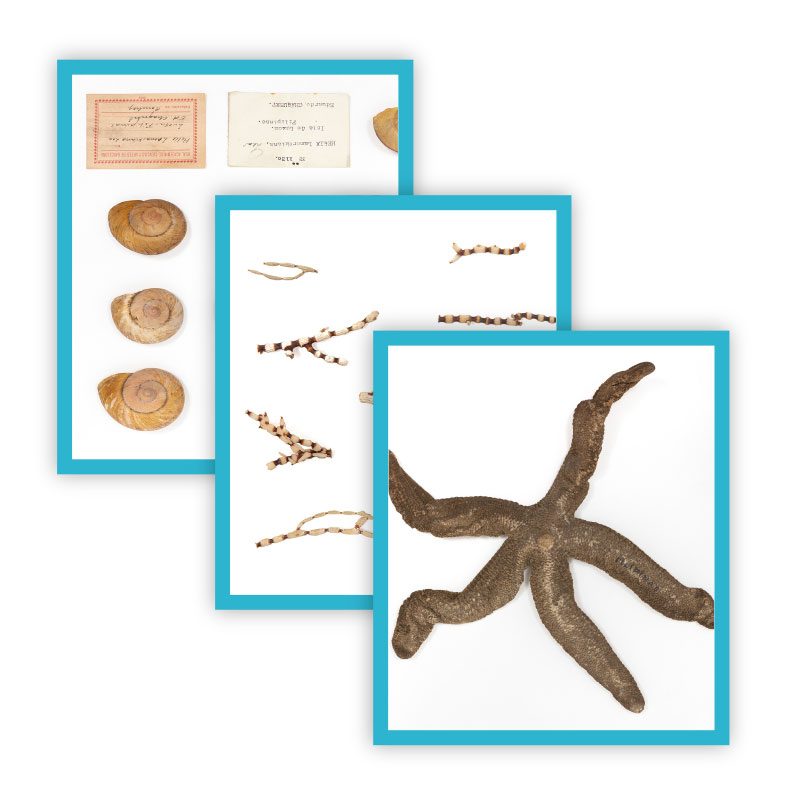The collection of the Natural Sciences Museum of Barcelona has its origins in the Martorell Museum, built between 1878 and 1882 in Barcelona’s Parc de la Ciutadella to house the legacy of the naturalist Francesc Martorell Peña (1822–1878). In 1906, the Barcelona City Council created the Municipal Board of Natural Sciences, which governed the Martorell Museum, the Zoo, the Zoology Museum, the Zootechnical Museum, the Greenhouse, and the Shade House.
In 2000, the Zoology Museum and the Geology Museum were merged to form the Natural History Museum. The unification continued with the incorporation of the Botanical Gardens in 2008, thereby establishing a stable working relationship with the Botanical Institute in the areas of public programmes and administration. The museum has been growing with collections contributed by naturalists, collectors, hunters and various institutions.
Although the enormous amount of specimens accumulated by natural science museums is the most tangible portrait and manifestation of the plunder that took place in the former colonies, these museums have been slow to enter into international debates about their relationship to the colonial apparatus, unlike ethnology and history museums.
On top of all this is the difficulty that ‘bugs and dead animals’ are of little interest in certain circuits, which often overshadows their importance in scientific development.




